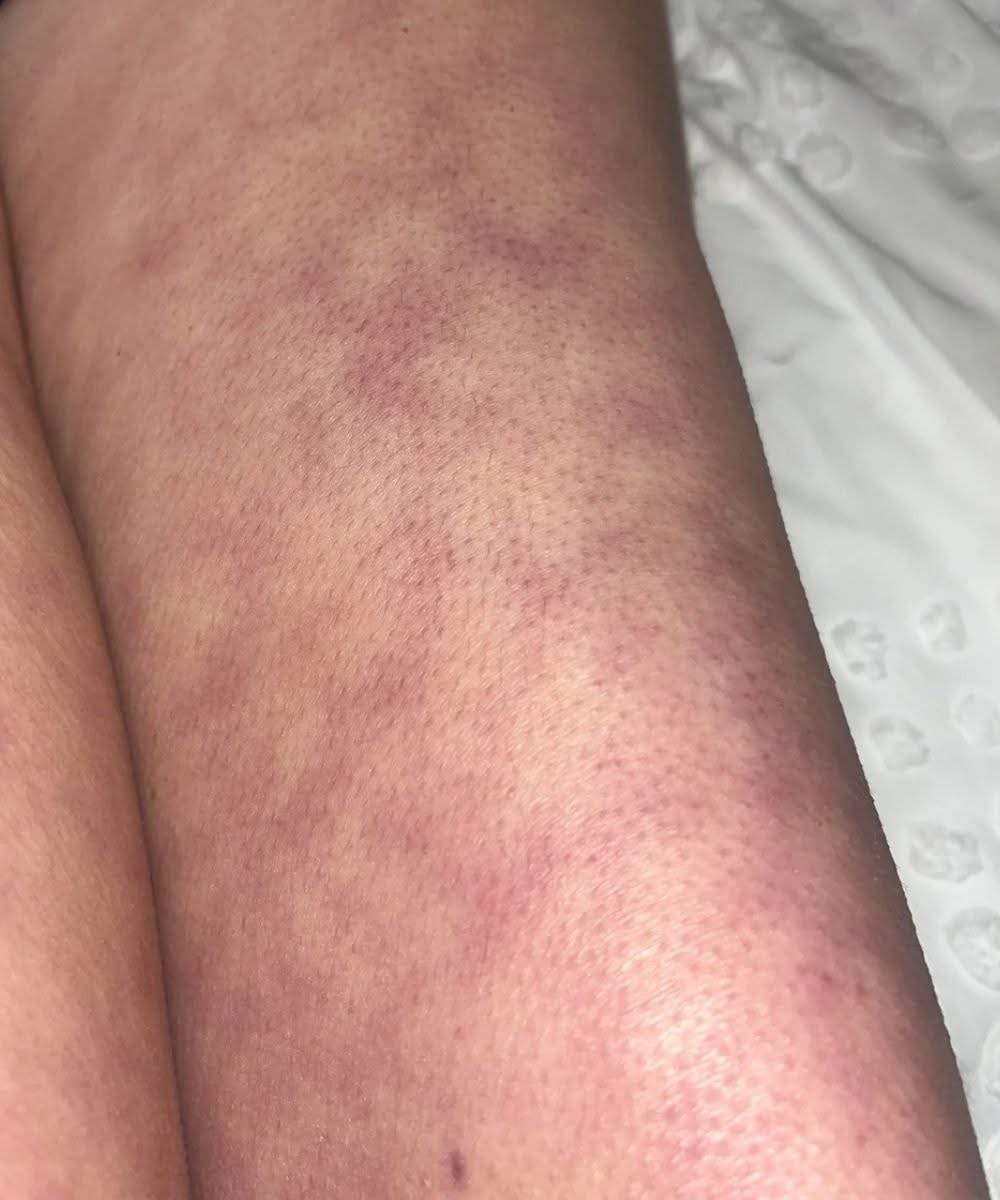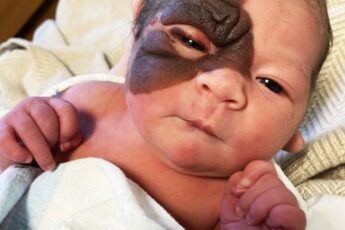According to Joseph Jorizzo, MD, from Wake Forest University, “your skin can be a window to your underlying health.” The truth is that the skin isn’t just a shield but a powerful communicator of your internal health.
Unexpected changes in your skin can sometimes be the body’s first warning that something more serious is happening internally and understanding these signs allows you to spot potential problems early and seek appropriate care.
Livedo reticularis (LR), also known as mottled skin, is a type of skin discoloration that can occur if there is an interruption of blood flow to the skin. According to a study on this condition, LR is often a temporary, harmless phenomenon that is the result of exposure to cold temperatures or stress, but can sometimes appear due to certain underlying health issues.
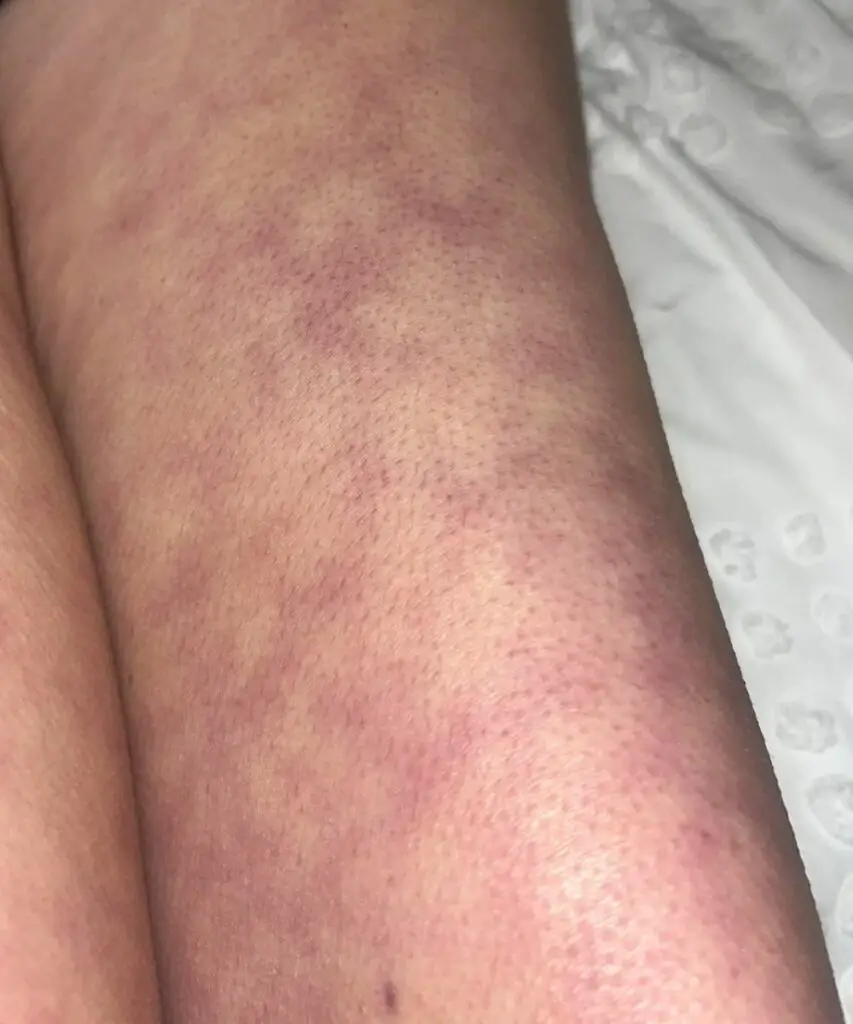
It appears as a purplish, net-like or lace-patterned discoloration on the arms or the legs and mostly impacts babies and assigned females between the ages of 20 and 50.
Mottled skin appears when the blood flow close to the skin’s surface changes, which can be caused by low oxygen levels in the blood, blood vessel spasms, or shifts in circulation. It can also be a result of certain medical conditions or a side effect of certain drugs and medications — mostly from amantadine (dopamine agonist used to treat Parkinson disease, multiple sclerosis, and attention deficit hyperactivity disorder). The discoloration typically becomes more noticeable in cold weather and may fade when the skin warms up.
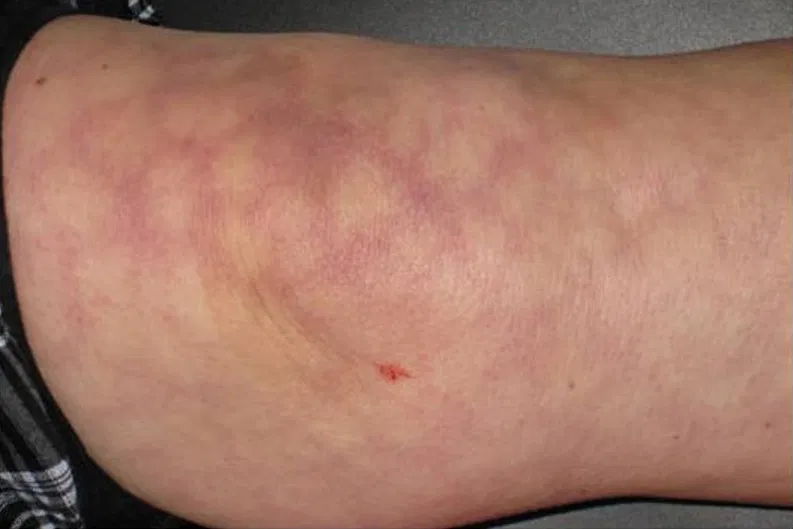
There are two forms of this condition: Physiological (Primary) Livedo Reticularis — a benign and temporary reaction to cold temperatures common in children, young adults, or people with fair skin, and Pathological (Secondary) Livedo Reticularis — more persistent and linked to underlying health problems such as autoimmune diseases, vascular disorders, or blood clotting abnormalities.
According to Verywell Heath, LR can be triggered by cold, septic shock, antiphospholipid syndrome, lupus, certain meds, rheumatoid arthritis, pancreatitis, thyroid disease, and at people who are nearing their life.
Although uncommon, livedo reticularis may sometimes indicate severe systemic illnesses, including Sneddon’s syndrome, a condition that links the skin pattern with stroke risk—polyarteritis nodosa, or cholesterol embolization.
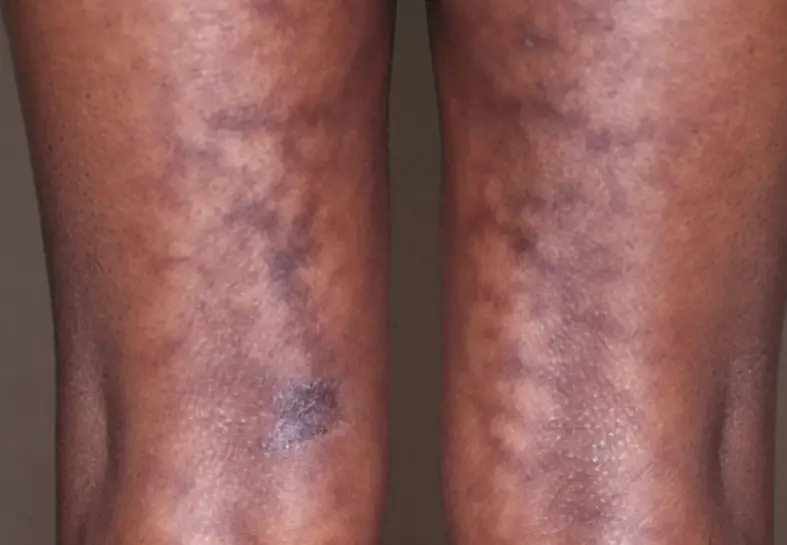
For primary livedo reticularis, treatment is usually not necessary, as the condition is generally harmless and tends to resolve on its own. The mottled, purplish skin pattern typically fades when the body is kept warm and blood flow returns to normal. Wearing layers, avoiding cold environments, and staying physically active can often be enough to minimize symptoms and prevent them from recurring.
However, when livedo reticularis is secondary — meaning it’s a symptom of an underlying health condition — medical treatment may be required. In such cases, a doctor may prescribe medications based on the root cause. These can include anticoagulants to prevent or treat blood clots, corticosteroids to reduce inflammation, or medications that help improve circulation and blood flow throughout the body.
In addition to medication, healthcare providers often recommend lifestyle adjustments to support overall vascular health. These changes may include quitting smoking, engaging in regular physical activity, managing blood pressure, maintaining healthy cholesterol levels, and following a balanced diet. Identifying and managing any underlying condition — such as autoimmune disorders, vascular disease, or clotting disorders — is also crucial in treating secondary livedo reticularis.
Disclaimer: This information is intended for general knowledge only and should not be considered a substitute for professional medical advice, diagnosis, or treatment. Always consult your doctor or a qualified healthcare provider with any questions you may have about a medical condition.
Please SHARE this article with your family and friends on Facebook.
